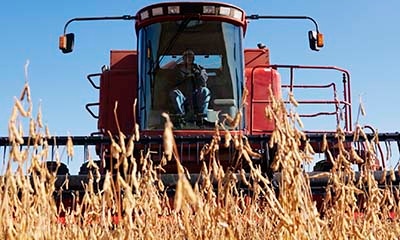March 17, 2016

The U.S. Soy Sustainability Assurance Protocol (SSAP) was positively benchmarked against the European Feed Manufacturers’ Federation’s Soy Sourcing Guidelines through the independent International Trade Centre customized benchmark tool in early March.
ASA worked with the U.S. Soybean Export Council (USSEC) and members of the U.S. soy family to develop SSAP in 2013. The protocol helps to ensure that U.S. soy is produced following a set of conservation regulations combined with wide adoption of best management practices by a majority of U.S. farmers.

The U.S. Soy Sustainability Assurance Protocol verifies that U.S. soy is sustainably produced and aims to meet growing consumer demand for environmentally, socially and economically produced commodities. (Photo: Fuse/Thinkstock)
The SSAP verifies that U.S. soy is sustainably produced and aims to meet growing consumer demand for environmentally, socially and economically produced commodities. The protocol covers four key components including sound environmental objectives, social responsibility, conservation focused management practices and continuous improvement.
“This is another step forward for U.S. soy and sustainability,” said ASA president Richard Wilkins, a farmer from Greenwood, Del. “The strong conservation practices of U.S. farmers allow us to produce large quantities and continue providing the EU with sustainable soy. The soy family should be proud of the work we’ve done to maintain and strengthen trade and the value of U.S. soy.”
This crop year, more than 3 million metric tons, equivalent to 110.22 million bushels, of U.S. soy have been exported and certified under the SSAP program.
Source: American Soybean Association
You May Also Like




